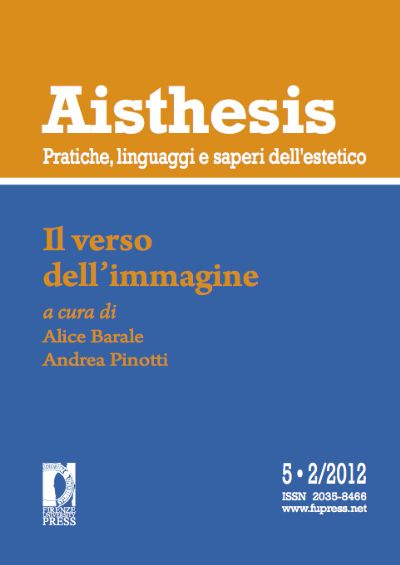As the “liquid economy” favours new paths and forms of trading, the demand for the highest levels of technical development, in particular for the web, empowers even further the metropolises, confirming their elective status of propulsive centres of the economic life. Today, however, the expansion of metropolises not only involves a spatial side, but also follows a horizontal path (the so-called “infosphere”) with a continuous reshuffling between center and periphery. Thus, the faster the expansion’s rate, the more various and inclusive the mutual influences between artists and artistic communities arise, paving way to works of art appealing to a number of potential addressees unimaginable decades ago.
This certainly highlights the “public” character of the contemporary work of art, but what is it that makes the artwork public? What functions has public art played in recent years in European and non-European countries? How has it been approached by cultural agents, local policy makers, and experts (critics, art historians, and philosophers)? Also, which appreciative practices related to public art have reached prominence?
Researches shall tackle questions related to the definition, historical and social context and appreciation of art created, performed and resonating within the public sphere in different heterogeneous and homogeneous areas and sites. Particular attention should be dedicated to the different manifestations of public art (e.g. street art, murals, memorials, sculptures and others)often responsible, at least on a relevant extent, for reshaping and redefining urban and non-urban environment also in light of social and political goals.
To sum up, this issue aims at investigating the topic of public arts under many aspects. Some of the main concerns would be:
- How can public art become a tool for social and economic change?
- Public art and the pandemic: a response or a chance?
- Is public art able to address such issues as climate change, democracy, LGBT+ rights?
- Public art and future generations: do we have aesthetic obligations towards who’ll come next?
- Public art, aesthetics and social emancipation
- Public art, consent and illegality
- Public art, urban aesthetics and site-specificity
Deadline: April 20th 2022
Expected release: June 2022
Advisory Editors:
Adam Andrzejewski, University of Warsaw, Poland (a.andrzejewski@uw.edu.pl)
Andrea Mecacci, University of Florence, Italy (andrea.mecacci@unifi.it)
Submissions should be made through the usual mask at: https://oajournals.fupress.net/index.php/aisthesis/about/submissions.
Contributions must be submitted in English or French and must strictly adhere to the Aisthesis Guidelines. Only contributions compliant with Author Guidelines will be admitted to peer review. The Author Guidelines can be downloaded here.
Download the PDF of the Call (ENG)

